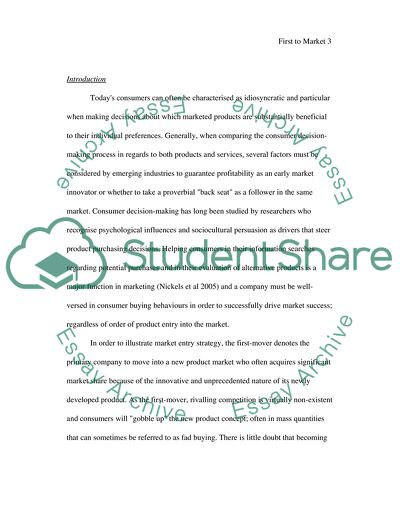Cite this document
(“First to Market Organisations: Market Share Fluctuations Despite Essay”, n.d.)
First to Market Organisations: Market Share Fluctuations Despite Essay. Retrieved from https://studentshare.org/marketing/1536509-first-to-market-organisations-market-share-fluctuations-despite-initial-market-gains
First to Market Organisations: Market Share Fluctuations Despite Essay. Retrieved from https://studentshare.org/marketing/1536509-first-to-market-organisations-market-share-fluctuations-despite-initial-market-gains
(First to Market Organisations: Market Share Fluctuations Despite Essay)
First to Market Organisations: Market Share Fluctuations Despite Essay. https://studentshare.org/marketing/1536509-first-to-market-organisations-market-share-fluctuations-despite-initial-market-gains.
First to Market Organisations: Market Share Fluctuations Despite Essay. https://studentshare.org/marketing/1536509-first-to-market-organisations-market-share-fluctuations-despite-initial-market-gains.
“First to Market Organisations: Market Share Fluctuations Despite Essay”, n.d. https://studentshare.org/marketing/1536509-first-to-market-organisations-market-share-fluctuations-despite-initial-market-gains.


